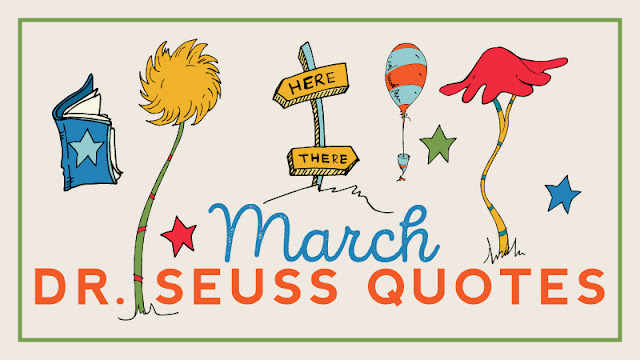Science Fair Scientific Method
The Birth of the
Scientific Method
Galileo Galilei (1564-1642), an Italian astronomer and physicist,
believed in discovering facts by first forming a theory (or hypothesis) and
then testing it in an experiment. This approach, which we call the scientific
method, was a very radical idea in his time. People were more inclined to
accept ideas that were in line with their religious beliefs or that seemed
logical. But many scientific discoveries do not always appear to make sense.
For instance, many of Galileo's contemporaries did not believe that other
planets had satellites (like our moon) because they could not see them with
their own eyes. Galileo was willing to explore these questions that others had
dismissed. He also believed in careful observation and measurement and developed
the telescope into a powerful tool for exploring the sky. With this tool he
discovered four of Jupiter's satellites. Galileo's desire to test his theories
through experiment and learn through observation and measurement moved science
forward.
The
Scientific Method
The
scientific method is the backbone of a science fair project. The scientific
method has four parts:
Observation
You notice something in the world that you want to know more about, so
you ask a question. The purpose of your science fair project is to answer this
question.
Hypothesis
You predict
why, when, where, or how whatever you observed happened, based on information
you already have. Sometimes this takes the form of an "if ... then"
statement. A hypothesis is often called an "educated guess" because
you base your prediction on facts you already know.
Testing
Test your
hypothesis with a procedure. You can do either an experiment, where everything
except the particular thing being tested is carefully controlled, or fieldwork,
where you study your subject in the natural world. Careful observations and
measurements are recorded in both testing procedures.
Conclusion
You state whether or not your hypothesis was correct based on the results
of your testing. If your hypothesis is proven wrong, try to explain why. Make
any further predictions your results could point to, and describe any changes
to your procedure you think would give more accurate results or be helpful to
further research. Also include any questions you may have thought of during
your testing.
Procedure
Procedure is the name given to the steps you take to test your
hypothesis.
The purpose
of science is to discover things about the world, with accuracy, truth, and
objectivity. Scientists:
·
test ideas.
·
weigh evidence carefully.
·
come to conclusions cautiously.
·
make conclusions based on
facts.
An
important part of the scientist's process of discovery is the procedure. A
procedure is a list of steps. The steps you plan to take to test your
hypothesis must be clearly written out so that someone else could repeat what
you have done. Your procedure:
·
gives step-by-step directions on
what to do.
·
lists all the materials and
equipment you use.
·
provides any instructions you
need to build or use equipment.
Scientists test their hypotheses either through experiment or fieldwork.
Experiment
Experimental
observations are made in a controlled environment that you create. How do you
create a controlled environment? You isolate what it is you are investigating
in the real world and scale it down so that it is smaller and more simplified.
In
an experiment, a scientist tries to look at how just one thing affects a subject.
The tricky part is creating an environment in which only that one thing
changes. That is why you often see scientists using test tubes, petri dishes,
and other small, enclosed settings for their experiment. It is easier to control what occurs in such
environments.
Fieldwork
In
fieldwork, a scientist goes into an uncontrolled environment and records his or
her observations. What is complicated about fieldwork is that while you are
recording your observations, you must make sure that you yourself are not
interfering with your subject simply by being there. For instance, you cannot count birds in a tree if you scare any away
while you try to count them.
Field Study Finds New Life Forms
Your field study may occur in your own backyard or
even at the local nature preserve, but can you imagine exploring the deep rifts
in the ocean's floor in a submarine?
In 1977, scientists aboard the research submarine
Alvin, from Woods Hole Oceanographic Institute, discovered a new ecosystem, or
community of organisms, thriving near volcanic vents at the bottom of the
freezing waters of the Pacific Ocean's Galapagos Rift.
The high heat and
hydrogen sulfide from the cracks in the volcanoes provide the energy for
special bacteria, a staple of the unique food chain there. Other members of the
ecosystem are huge tube worms that measure up to 25 feet long. Because they are
so different than anything else known by scientists, they are classified in a
phylum, Vestimentifera, by themselves. The scientists named some of the new
worms alvinellid worms, after their submarine research vessel.
This strange volcanic ecosystem, based on
converting sulphurous chemicals into food, suggests to some scientists the
possibility that there may be similar strange life-forms on other planets with
volcanic activity.


























